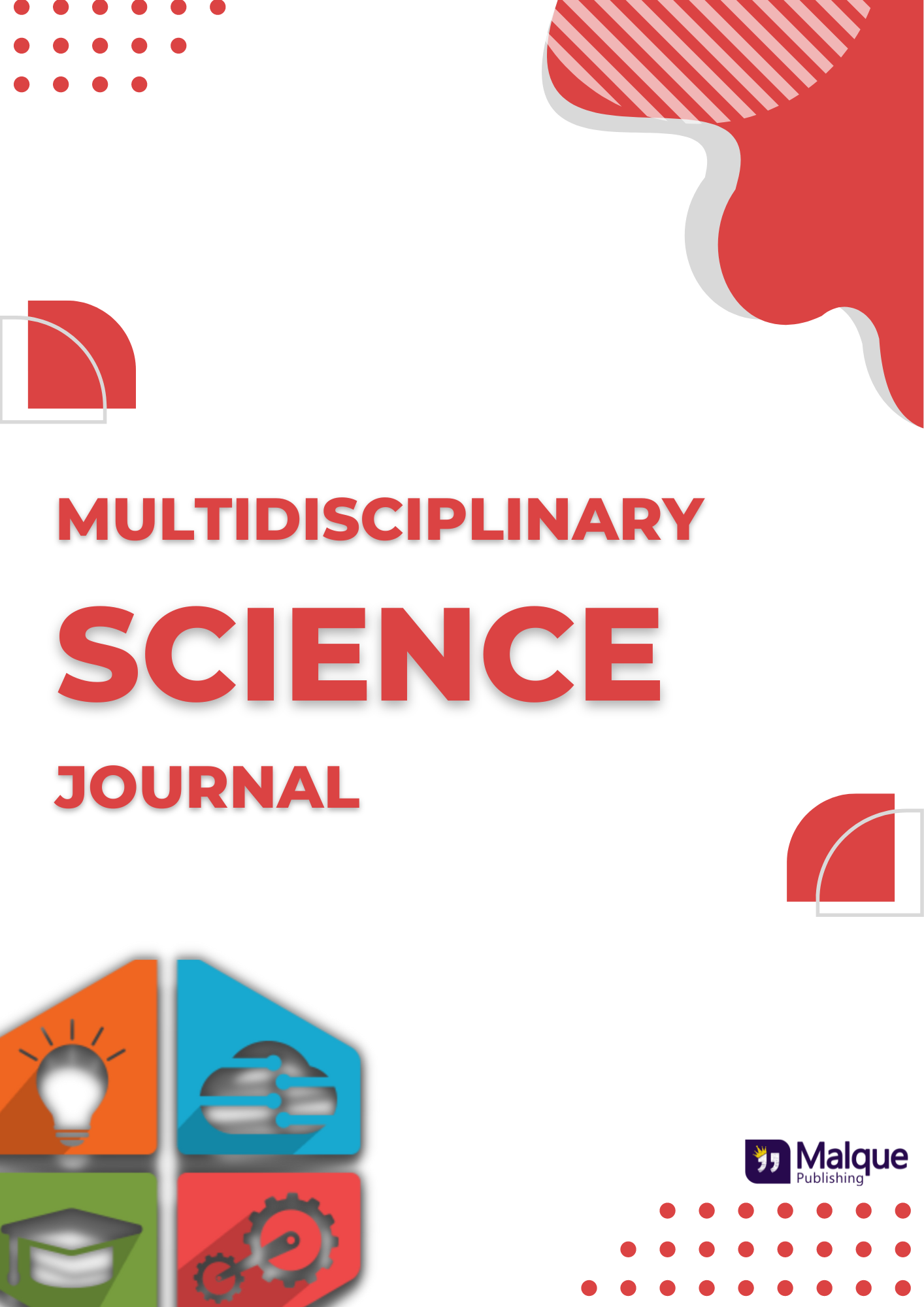Antimicrobial susceptibility of major bacterial pathogens isolated from bovine mastitis in Bench Maji zone, Southwest Ethiopia
Abstract
Bovine mastitis is a potentially fatal mammary gland due to physical trauma or microorganisms infections. It is the most widespread, costly disease in dairy farms and a great concern for many producers in developing countries like Ethiopia. The study was conducted to test the antimicrobial susceptibility of identified pathogens from mastitic cattle. Out of 384 lactating cows examined in the course of the study period, 116 (30.21%) cows had mastitis. The results of bacteriological analysis of cultured milk samples had shown three major strains of pathogenic bacteria namely Staphylococcus aureus, Streptococcus agalactiae and Escherichia coli were isolated from 81 cows, 48 bacterial isolates (59.26 %) were identified as S. aureus, 31 bacterial isolates (38.27%) were identified as Str. agalactiae and two bacterial isolates (2.47%) were identified E. coli (2.47%). The antimicrobial agents used were gentamycin, kanamycin, erythromycin, chloramphenicol, streptomycin amoxicillin, penicillin and ampicillin. The in vitro antimicrobial susceptibility test showed some degree of resistance in varying proportions of isolates. Some of the bacterial isolates exhibited even resistance to two or more antibiotics. S. aureus represented 95.8 % of the total isolates, was found resistant to penicillin while 93.7% of the total isolates were found sensitive to gentamycin. On the other hand, from the total isolates of Str. agalactiae, the maximum resistance was recorded in ampicillin (35.5%), and sensitivity was recorded in penicillin (83.9%). All of the E. coli isolates were resistant to amoxicillin, ampicillin, and penicillin while all of them were susceptible to gentamycin and streptomycin. The average susceptibility of S. aureus, Str. agalactiae and E. coli strains to all antimicrobials tested in this study were 37.5%, 41.9% and 37.5%, respectively. In comparison, the average resistivity of all antimicrobials tested was 41.4%, 13.3%, and 43.8% of S. aureus, Str. agalactiae and E. coli, respectively. For the bacterial isolates tested for antimicrobial susceptibility, gentamycin, chloramphenicol, and streptomycin were the drugs more active, while the majority of isolates were resistant to amoxicillin, ampicillin, and penicillin. This antibiotic resistance development among these bacteria may pose a problem of concern. Hence, the use of antimicrobials in both the treatment and prevention of intra-mammary infections must be based on in vitro antimicrobial susceptibility test.










